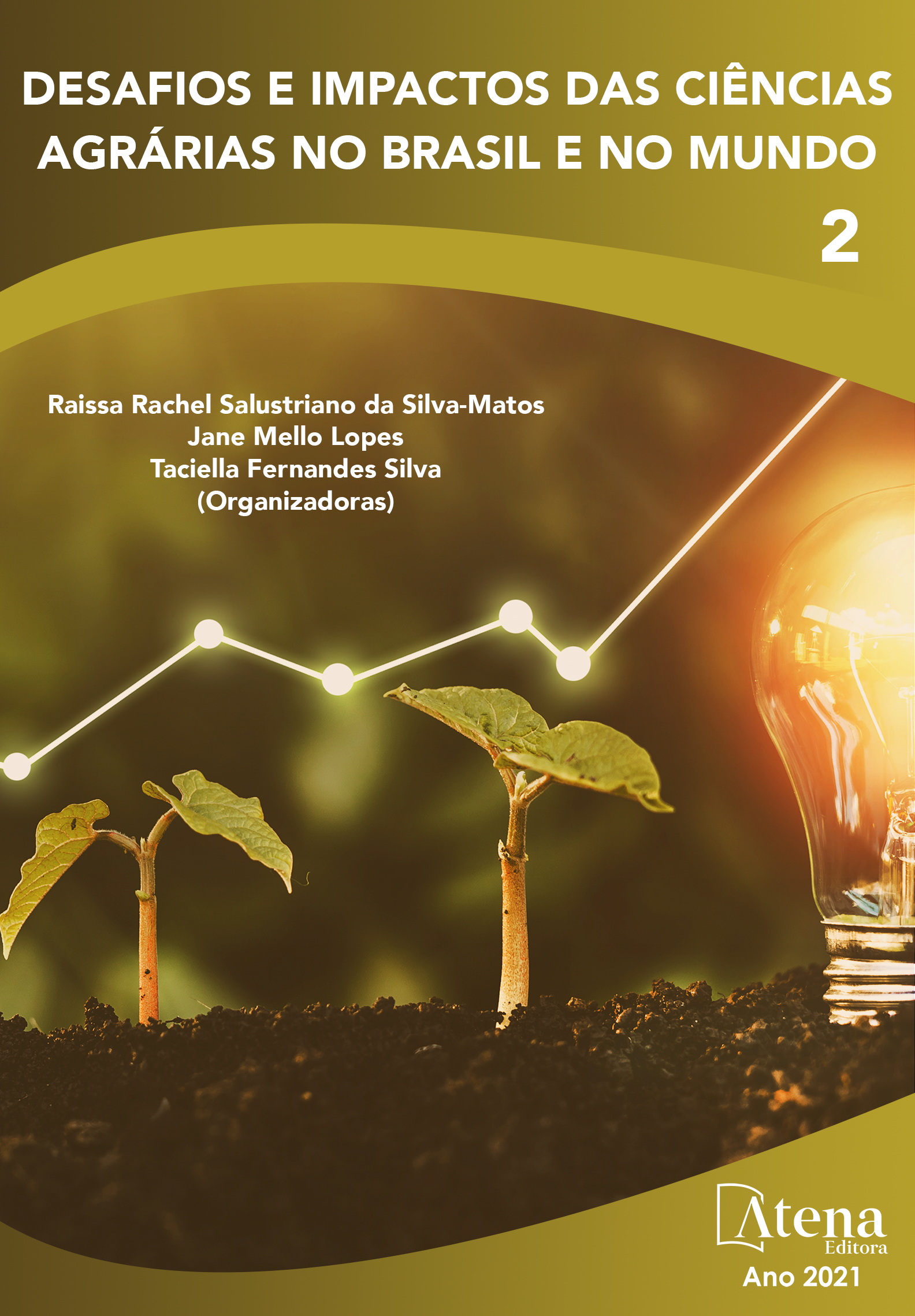
INFLUÊNCIA DO PH NO DESENVOLVIMENTO DA ALFACE SOB SISTEMA DE HIDROPONIA
Buscou-se no presente trabalho, avaliar a influência do pH no desenvolvimento da alface (Lactuca sativa L.) no sistema hidropônico. O trabalho foi realizado em uma propriedade rural situada em Passo Fundo-RS, localizada às margens da BR-285. Utilizou-se o delineamento casualizado contendo 4 tratamentos e 6 repetições, totalizando 24 unidades experimentais (UE’s). Todos os manejos e tratos culturais foram iguais, porém o que diferiu entre eles foi o pH referência, que para crespa verônica e americana Tainá manteve-se pH 6 e para crespaVerônica e americana Tainá manteve-se pH 4. A partir desses valores de pH, obteve-se raiz com diferença de comprimento entre os tratamentos estudados. A cultivar crespa em pH 6 mostrou-se estatísticamente superior que as demais cultivares. Concluiu-se então que os tratamentos sob pH 6, melhores valores dentre os parâmetros avaliados, tendo em vista que tiveram uma maior disponibilidade de nutrientes em seu ciclo. Os tratamentos em pH 4 demonstraram resultados inferiores, pois foram limitados a disponibilidade de nutrientes, afetando diretamente seu sistema radicular, diâmetro de caule, massa verde e quantidade de folhas.
INFLUÊNCIA DO PH NO DESENVOLVIMENTO DA ALFACE SOB SISTEMA DE HIDROPONIA
-
DOI: 10.22533/at.ed.5792102063
-
Palavras-chave: Nutrientes; Cultivar; Radicular
-
Keywords: Nutrients; Grow crops; Root
-
Abstract:
The aim of this study was to evaluate the influence of pH on the development of lettuce (Lactuca sativa L.) in the hydroponic system. The work was carried out on a rural property located in Passo Fundo-RS, located on the banks of BR-285. A randomized design with 4 treatments and 6 repetitions was used, totaling 24 experimental units (UE’s). All cultural managements and treatments were the same, but what differed between them was the reference pH, which for Veronica and American curls Tainá remained at pH 6 and for Veronica and American curls Tainá remained at pH 4. From these pH values, root was obtained with difference in length between the treatments studied. The curly cultivar at pH 6 was statistically superior to the other cultivars. It is concluded that the treatments under pH 6, better values among the evaluated parameters, considering that they had a greater availability of nutrients in their cycle. The treatments at pH 4 showed inferior results, as the availability of nutrients was limited, directly affecting its root system, stem diameter, green mass and number of leaves.
-
Número de páginas: 9
- Jeferson dos Santos Vieira
- Jenifer Tonello
- Miryam Andrieli Vieira da Silva
- Alice Casassola
- Kátia Trevizan
- Rafael Goulart Machado
- Aubrey Luiz Feron Carvalho


